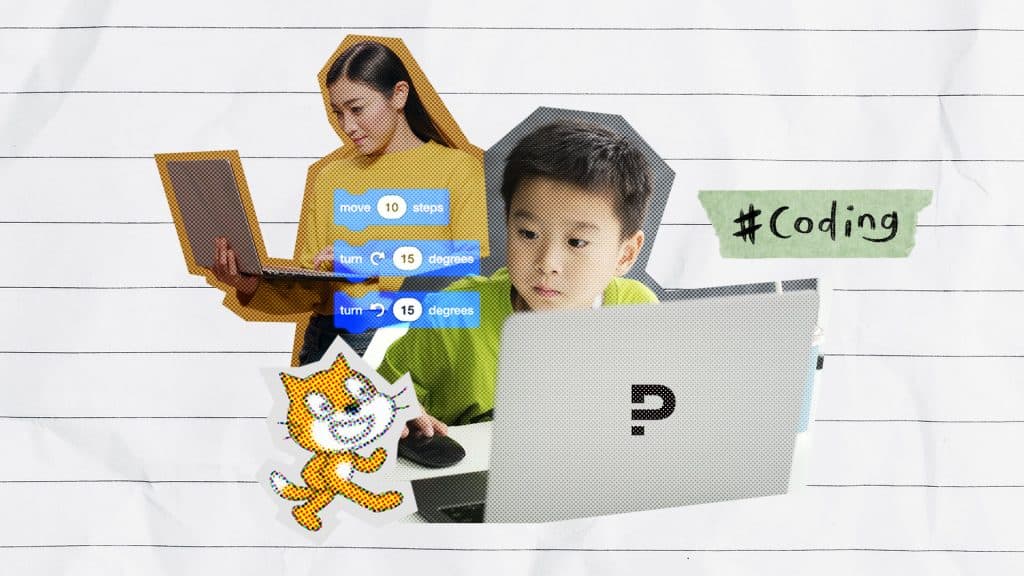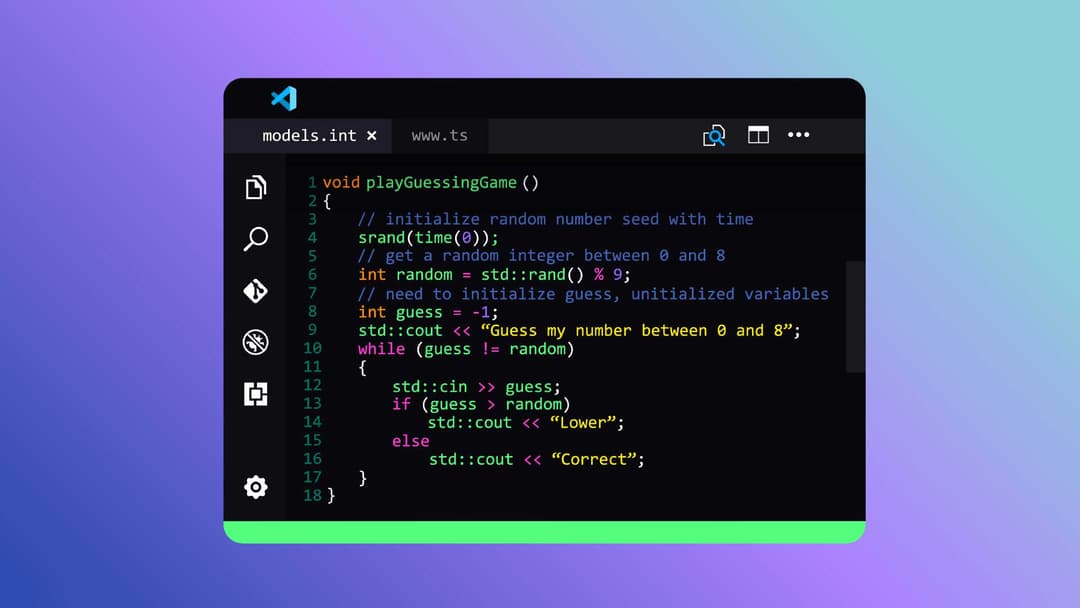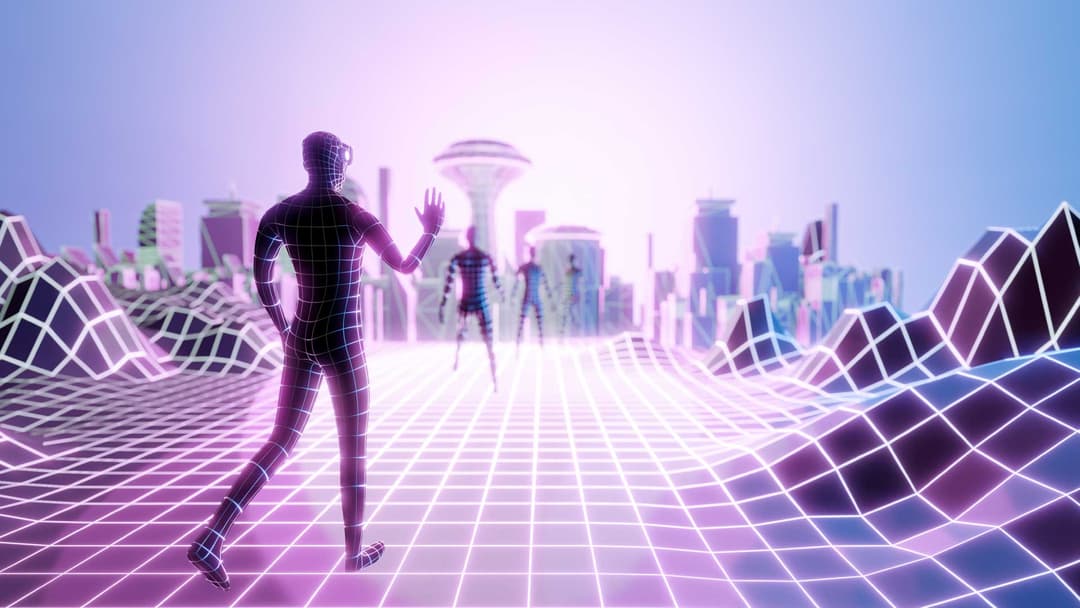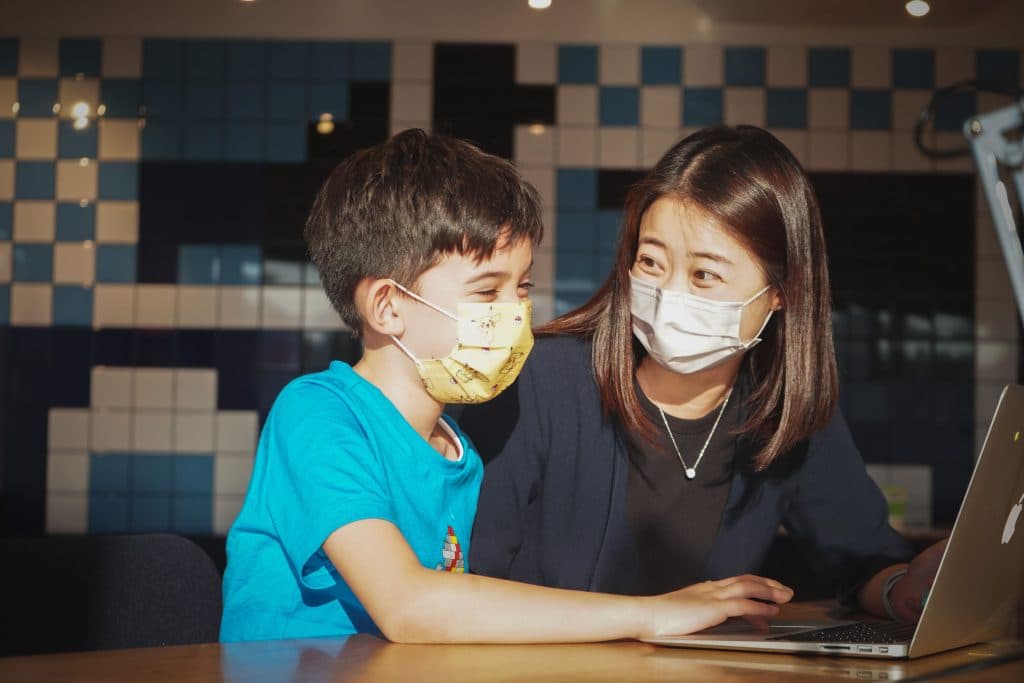Jer Lau (柳應廷), member of the Hong Kong boy band MIRROR, has adopted XR technologies in his latest single "Stellar Moments in Humankind" (《人類群星閃耀時》)
Apple iPhone XR is history, but Extended Reality (XR) is the new technology of the future. But why does XR matter? What does XR mean to you and your business? Preface is here to clarify what is really behind the immersive reality technology.
What is the meaning of Extended Reality (XR)?
Extended Reality (XR) is a newly added umbrella term to the dictionary of technical words.
It refers to all real-and-virtual combined environments and human-machine interactions generated by computer technology and wearables. Extended Reality includes all its descriptive forms such as Augmented Reality (AR), Virtual Reality (VR), Mixed Reality (MR). It is a wide range of immersive tools that use and enhance our natural senses. And, the impact will be a more intuitive relationship between the real and virtual worlds.
Let’s just study some history, with fiction. I doubt anyone who doesn’t know Stanley G. Weinbaum. He is a science fiction writer who wrote a story “Pygmalion’s Spectacles, dated back in 1935, in which a professor invents a pair of goggles that allow moviegoers to taste, smell and touch imaginary things, talk to fictional characters and immerse themselves in a story that happens around them, instead of on a screen. He is believed to be the first to envision it, and start from scratch.
Of course, there are more people who keep the ball rolling. In 1962, a cinematographer named Morton Heilig patented Sensorama, in which a person sat in a semi-enclosed cabinet and experienced a stereoscopic 3-D display, augmented by a fan that spread aromas and a vibrating chair to simulate movement. In the late 1970s, Massachusetts Institute of Technology researchers developed an early VR mapping simulation that allowed users to move through the streets of Aspen, Colo. In the early 1990s, Boeing researchers developed the first AR application, which guided aircraft assembly workers on how to install wiring. Since then, immersive devices have grown increasingly miniaturised, and become wearable.
By the 2000s, more nowadays-well-known brands have shown their ambition in immersive technologies. For example, in 2010, Palmer Luckey created the prototype for the Oculus Rift VR headset, which regarded as the roadmap for the future, reignited interest in VR from many major players in the technology field. We all know that, in 2014, the company was acquired by Facebook for around USD 2 billion. Same year, HTC and Valve co-developed the HTC Vive, which was the first device to use ‘room scale’ technology by means of a series of on-board cameras, allowing the user to move in 3D space. Meanwhile, AR was also blooming. Notable devices such as Microsoft HoloLens and Google Glass appeared. Google Sky and Pokémon GO boomed the market. XR has come a long way in a short time. Somehow, reality has caught up with fiction.
Source: Accenture, The Franklin Institute
What is the technology supporting Extended Reality (XR)?
The answer is 5G. Obviously. But how will 5G transform XR?
In Extended Reality, a large amount of content is transferred from multiple sensors and sources to the cloud, then mashes and delivers your device, which can be a pair of augmented glasses, a headset, or simply a mobile phone. As all these touchpoints could be in different locations, you need networks with maximum depth and breadth of coverage and large bandwidths to make this happen. 5G makes it possible to overcome all of these challenges by offloading most XR processing to the mobile network edge.
5G works in three bands of wavelength spectrum. High-band frequencies called millimeter waves offer superlative speeds but, as they have limited reach, they are suited for smaller areas. Low-band frequencies of 600MHz offer maximum signal penetration but at lesser speed, while mid-band waves strike an ideal balance between speed and coverage.
Government collaboration with key telecoms players will be crucial to the 5G. For example, Japan’s NTT Docomo has completed the open radio access network (Open RAN) ecosystem to help enable flexible networks capable of leveraging 5G wireless communication to meet diverse needs. In the US, according to network research firm umlaut, T-Mobile provides the most reliable 5G network, in favor of the XR-driven future.
What is the difference between XR, AR, VR and MR?
Now, you have known that Extended Reality is not something blasting from nowhere, but along with the development of immersive virtuality. But what really is the difference between XR and all these umbrella terms?
Augmented Reality (AR)
It refers to the technology that combines the image of the camera with some recognition technology to make the virtual scene in the scene augment the virtual object and interact with it. See the real world and the virtual coexistence of content.
Virtual Reality (VR)
It refers to the computer to create a 3D virtual space, generally with a head-mounted display, users will not see the real environment, completely immersed in this virtual world, when the user When moving or moving, the virtual world will have corresponding feedback, and there is a sense of presence.
Mixed Reality (MR)
It is simply a fusion of AR and VR. It is usually combined with a head-mounted display, but the user sees the real environment, and then stacks the virtual objects, in which physical and virtual objects can co-exist and interact in the same space. Some might think that MR is very similar to AR, but it emphasises more of a mixture of reality and virtuality.
Extended Reality (XR)
It is also called Cross Reality. It is technology that includes all real and virtual fusions, such as AR, VR, and MR, which can be regarded as one or part of XR.
To summarise, VR is immersing people into a completely virtual environment; AR is creating an overlay of virtual content, but can’t interact with the environment; MR is a mix of virtual reality and the reality, it creates virtual objects that can interact with the actual environment; XR brings all three reality together under one term.
Examples of XR, AR, VR and MR
‘Pokémon Go’ maker Niantic is helping others create AR metaverse apps
Immersive Virtuality | Examples in Reality |
Augmented Reality (AR) | * |
| | Virtual Reality (VR) | * Dyson Demo VR on Oculus Quest
| | Mixed Reality (MR) | * Nreal Light
|
Want to keep up with the tech-driven future? Check out Preface Coding Event for our latest Tech Seminars and Coding Workshops to stay relevant! Come enjoy the exquisite beverage selection from Preface Coffee & Wine while updating yourself with the most up-to-date knowledge!
Extended Reality (XR) for business in different industries
XR technologies will definitely be ubiquitous tools after turning around the corner. It translates abstract concepts into tangible experiences, and offers an opportunity for companies and brands to deliver on their promise in unique ways, which helps increase productivity, improves efficiency and engages customers. Here are some industries that would be directly benefited by XR.
1. Entertainment
Despite the fact that not being the only industry gearing up for a virtual expansion, a majority of market share leans heavily towards entertainment. XR brings immersive experiences to the entertainment world, allowing consumers to virtually experience live music concerts and events. For example, the Chinese girl band The9’s first ever live concert in March 2021, featured more than a dozen XR-generated locations. The South Korean boyband BTS’s exhibition, which will take place in Hong Kong and Moscow respectively in November 2021, will present Extended Reality technologies to create a cube-shaped space built with light-emitting diode (LED) walls to play “BTS Map of the Soul ON:E,” an online concert that attracted more than 990,000 fans in 2020. Back to Hong Kong, Jer Lau (柳應廷) from the boy band MIRROR , has adopted XR technologies in his latest single “Stellar Moments in Humankind” (
2. Sports
For people who participate in organised sports, continuing training regardless of whether the gym or training center is open is crucial. Extended reality gives athletes the opportunity to stay connected and on top of their game. On the Pregame Golf Simulator, you can practise at your favorite fantasy golf course. The VR Tennis Trainer helps you practice your movements with an AI trainer.
Sports technology and gaming company StatusPro, which creates extended reality training programs, has announced a list of new high-profile investors, including basketball icon LeBron James and tennis star Naomi Osaka.
I look for investment opportunities that can have a lasting impact on culture and society. It’s not only going to influence gaming and entertainment (two things I am passionate about), but also the way athletes can train and analyse their performance.
Naomi Osaka
3. Marketing & Retail
Virtual realities have opened new ways for brands to engage with consumers, enabling the “Try Before They Buy” strategy and offering immersive ways to interact with new products. Consumers-wise, they can experience and visualise goods before making a physical purchase. And for stakeholders, the technologies help them to make a clear-cut purchase decision.
4. Training
Extended reality opens new avenues for training and education. XR bridges the gap between educators and trainees, enabling closer collaboration even when people attend courses remotely. Also, people such as chemists and pilots, who work in high-risk conditions, can train in safety from a more conventional classroom setting. For medical students, they can get hands-on practice on virtual patients.
According to News Direct, five US Higher-Ed Programs, including Colorado State University’s Clapp Lab, Florida International University, Johnny Carson Center for Emerging Media Arts at the University of Nebraska-Lincoln, Syracuse University’s Newhouse School of Public Communications and Columbia University’s Computer Music Center, are using XR to transform how college students learn.
5. Real Estate
While architects and interior designers can leverage XR to bring their designs to life, property managers and agents can streamline the rental process by allowing potential tenants to view properties virtually, the layout scenarios that are enabled by Extended Reality enhance customer experience while providing strong business opportunities.
What is the future of Extended Reality (XR)?
Extended Reality (XR) is a lifestyle, not a feature: Brands must create more human-centric experiences.
Rori Duboff
So, after all these introductions of Extended Reality, what is the foreseeable future of XR? According to the research report by Market Research Future (MRFR), the market was valued at USD 27 Billion in 2018, whilst it is expected to reach USD 393 Billion by 2025 with a CAGR (Compound Annual Growth Rate) of 69.4%.
In the near future, the Asia-Pacific (APAC) region is expected to witness enormous growth, due to the rise of internet penetration and increasing adoption of XR solutions in different industries in developing economies, including Indonesia, India and China.
Also, regarding the impact of the ongoing COVID-19 pandemic, has led to an increase in the demand for XR solutions, due to more and more employees working from home and the increasing rate of digitisation across all industry verticals, including retail, healthcare, education, and manufacturing, for the training and development of employees.
Video game news site Gamasutra stressed that the VR segment gained a slight uplift during lockdowns, and forecasted that China, in particular, would become an important emerging market in stand-alone VR devices. In APAC overall, spending on AR and VR is expected to reach US$ 31.2 billion by 2023.
Source: Accenture, SCMP, P&S Intelligence
What are the problems of Extended Reality (XR)?
Undoubtedly, XR also presents new, under-explored risks. Like any other transformative technologies, the rapid development, uptake and usage of Extended Reality might be an alarm be sounded. The XR data is profoundly personal, raising heightened privacy and security concerns, while XR tools lead to our mental faculties and perceptions of reality directly. Here are some chief problems companies, business leaders, and even ourselves, need to strategise around now.
1. Legal concerns
Not surprisingly, lawmakers and regulators are not yet in the game of advanced technologies. We should not blame, but have to admit that the technology advances faster than what the legal systems can cope with. XR is no exception. Virtual pornography and violence will be readily available, like the similar problems in current video games and on the internet, the matter of fact that consequences would be magnified, as things will feel more real.
Unfortunately, we have no clear laws and guidelines on virtual environments. Under hypothetical virtual situations, with a series of immersive experiences, assault of any kind might seem very real to the victim.These may cause potentially genuinely traumatic events.
2. Ethical challenges
Despite all the benefits, however, XR technology also raises a host of important ethical questions of which we all should be aware. For instance, the fact that XR enables an individual to interact with virtual characters poses the question of whether the golden rule of reciprocity should apply to fictional virtual characters and, with the development of tools that allow for more realism, whether this should also extend to virtual representations of real people.
Is it wrong to do immoral acts in VR? Like the American play called “The Nether” (2013) by Jennifer Hayley, where in a fully immersive virtual world a man engages and absorbed in pedophilia. With “superrealism”, is it still acceptable? Some researchers suggest that moral judgements depend not merely on the outcome but the “action involved” in achieving the outcome. However, imagination is not cut off from consequence. We all sort of end up being shaped by what we imagine. This is left to be discussed.
3. Cybersecurity and privacy
Traits such as patterns of eye movement, reflexes, motor actions and information about preferences, habits and interests may be captured and recorded, without further consent, by default XR devices to collect and log. Again, with superrealism, it is possible for users to encounter identity hacking issues such as fake news, deliberating mistaken identity, identity theft and even body swapping.
4. Health concerns
Dizziness, nausea and disorientation, are some of the many possible syndromes users might come across as a result of over-receiving of the brain. To avoid post-XR hangovers, company leaders should consider not only the implementation of technologies that suits their business, but also the horizontal allocations such as psychological and even healthcare specialists, at the very beginning of the business technology investment.
Read more:NFT: What is it? Why is it shaking up the Art World?More than a game: Everything you need to know about MetaverseWhat is Cryptocurrency? All you need to know about Bitcoin and Blockchain TechnologyHow to be a Digital Nomad in 2022? Here are 5 things you need to know
Want to keep up with the tech-driven future? Check out Preface Coding Event for our latest Tech Seminars and Coding Workshops to stay relevant! Come enjoy the exquisite beverage selection from Preface Coffee & Wine while updating yourself with the most up-to-date knowledge!






